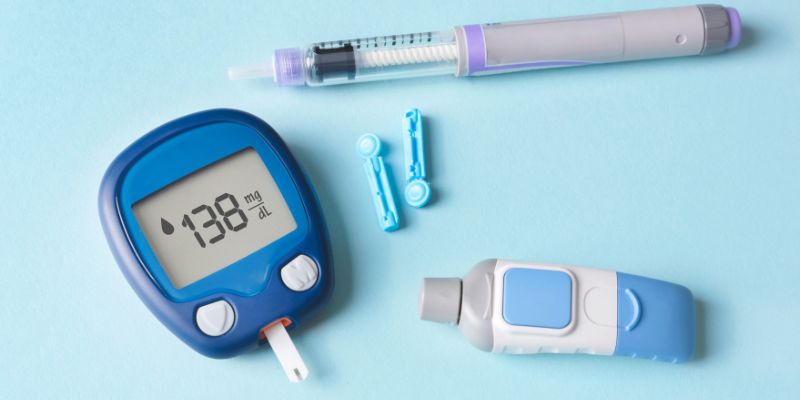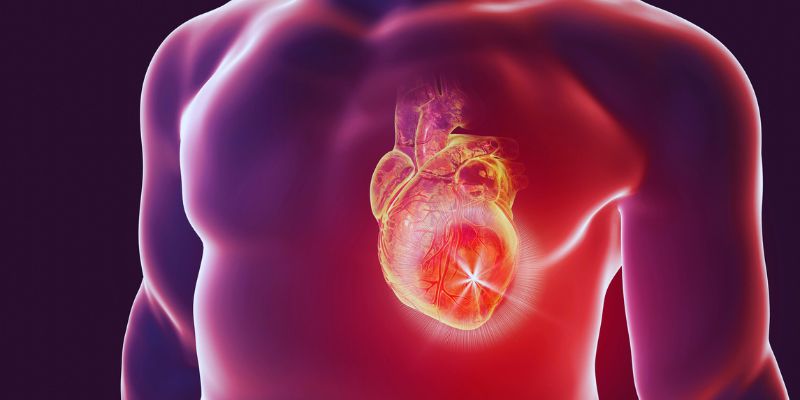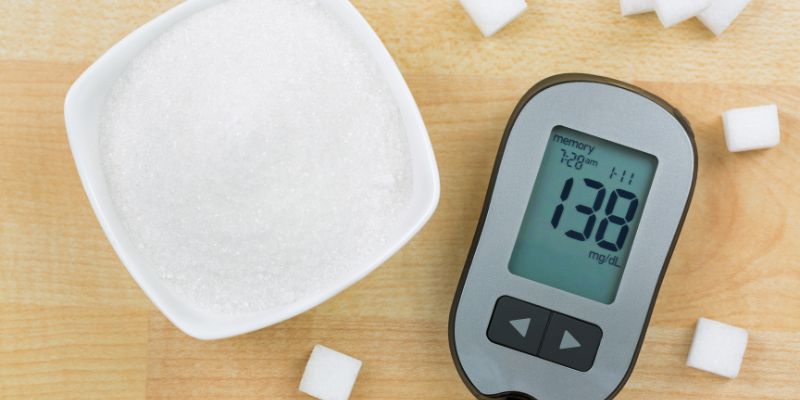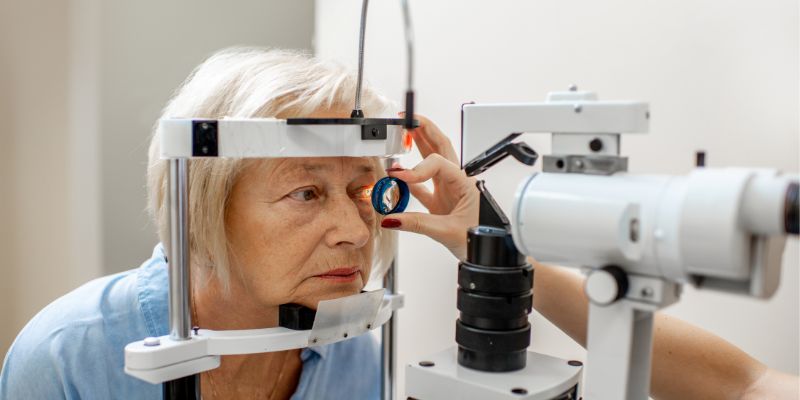Recognizing the Warning Signs of Toxic Shock Syndrome: What You Need to Know
Toxic Shock Syndrome (TSS) is a rare but dangerous condition. It results from dangerous substances released by bacteria into the bloodstream. The main microorganisms in charge are Staphylococcus aureus and Streptococcus pyogenes. Although anyone can have TSS, it is more likely in people with open wounds, post-surgery patients, and tampon users. It strikes unexpectedly and gets bad rapidly. Early symptoms match the flu, which makes diagnosis challenging.
However, fast treatment is essential to avoid problems. Early medical aid depends on early recognition of the warning symptoms. Doctors treating TSS use antibiotics, IV fluids, and supportive care. Knowing its causes, symptoms, and hazards will enable one to prevent it. This article meticulously addresses TSS symptoms, causes, and therapies.

What Causes Toxic Shock Syndrome?
Dangerous chemicals produced by pathogenic microorganisms entering the circulation induce Toxic Shock Syndrome (TSS).
- Tampon Use: Keeping tampons in for too long provides the perfect habitat for bacterial growth. The dangerous toxins the bacteria release into the bloodstream raise the TSS risk. To avoid infections, tampons must be changed frequently and used with the lowest absorbency.
- Surgical Wounds: Inappropriate wound care or infections following procedures might cause bacterial development, raising the risk of TSS. Following post-surgery care guidelines and correctly cleaning surgical wounds help to lower risk.
- Burns And Skin Injuries: Open wounds, burns, or cuts give germs a simple access source. If untreated, these bacteria disseminate toxins that cause serious and possibly fatal illnesses. To avoid TSS, good wound management is crucial.
- Childbirth: Complications during delivery or postpartum infections could bring dangerous germs, therefore raising the risk of TSS development in new moms. Good postnatal care and hygienic practices are essential.
- Nasal Packing: Materials that stop nosebleeds can trap germs within the nasal cavity. If left too long, they could generate toxins into the circulation that cause TSS. Using nasal packing should be done under appropriate medical direction.
Common Symptoms of Toxic Shock Syndrome
Early identification of toxic shock syndrome (TSS) is challenging since it strikes unexpectedly and gets rapidly. Usually beginning with flu-like symptoms, a high fever above 102°F (38.9°C), chills, body aches, nausea, vomiting, diarrhea, disorientation, and fainting. Although these symptoms seem minor, TSS develops quickly; hence, they should not be considered. If untreated, advanced symptoms such as low blood pressure (hypotension), fast heartbeat, disorientation, and a sunburn-like rash appear.
Some people have terrible muscular pain, convulsions, and trouble remaining awake. TSS can cause organ failure in extreme cases, therefore compromising the liver, kidneys, and heart. The illness is fatal and calls for quick medical intervention. When confused with normal diseases, TSS often causes severe treatment delays. Early recognition of the warning signals helps to save lives. If symptoms strike abruptly, contact an emergency physician to avoid complications and guarantee appropriate treatment using IV fluids, antibiotics, and supportive care.
Who Is at Risk for TSS?
While anyone can develop TSS, some people are more vulnerable. Knowing these risk factors will help one avoid problems.
- People Who Use Tampons: TSS risk is raised when tampons are left in for more than eight hours since bacterial growth results. Super-absorbent tampons are more dangerous. Regular change of tampons and use of the lowest absorbency required help to prevent infection.
- Individuals with Open Wounds: Microorganisms can infiltrate the body via cuts, burns, and surgical incisions. Improperly cleansed wounds allow substances to enter the circulation via bacterial means. Protected wounds help lower TSS risk and maintain cleanness.
- Recent Childbirth or Fetal Loss: If bacteria penetrate the bloodstream, infections following fetal loss or childbirth might cause TSS. Proper postpartum care, cleanliness, and monitoring of infection symptoms are essential to avoid difficulties.
- People with Weak Immune Systems: Chronic diseases like cancer or diabetes compromise the immune system, making fighting infections more difficult. Good cleanliness and management of health issues help to reduce the risk of TSS.
How Is Toxic Shock Syndrome Diagnosed?
Doctors diagnose Toxic Shock Syndrome (TSS) by assessing symptoms, medical history, and lab tests. If an individual has abruptly high body temperature, and low blood pressure, doctors believe TSS and initiate a quick investigation. A physical examination can uncover crucial signs such as skin rashes, fever, and blood pressure changes. Blood tests look for bacterial infections and toxin levels, confirming the existence of dangerous germs like Staphylococcus aureus or Streptococcus pyogenes.
Urine testing helps detect renal abnormalities that may result from TSS. Clinicians perform wound cultures to diagnose bacterial infections if the patient has an open wound, surgical site, or tampon use history. Early diagnosis is crucial for preventing major complications like organ failure. If TSS is suspected, rapid confinement and therapy with antibiotics, IV fluids, and favorable care begin. Recognizing symptoms and obtaining early medical assistance ensures higher recovery prospects and prevents life-threatening complications.
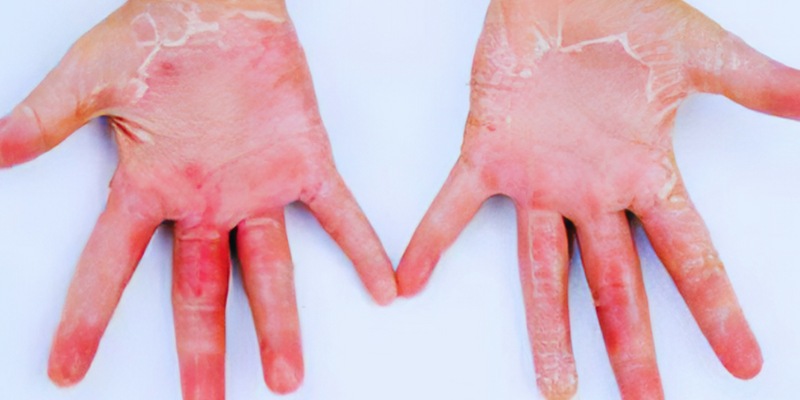
Treatment Options for Toxic Shock Syndrome
Fast hospital care is advised to eradicate the infection, control blood pressure, and prevent toxic shock syndrome (TSS) consequences. Antibiotic prescriptions are meant to eliminate harmful bacteria and stop the production of toxins, therefore stopping more damage. IV fluids reduce the risk of shock by helping to preserve blood pressure and stop dehydration. If respiratory issues develop, oxygen treatment assists the lungs. In severe cases, medications, including vasopressors, are administered to elevate dangerously low blood pressure.
Doctors wash the wounds to remove contaminated tissue and prevent bacterial spread if an open wound or infection site occurs. Hospital monitoring is necessary to ensure organs, including the kidney, liver, and heart, run as they ought. Treatment success depends on early detection since delays can lead to significant problems, including shock, organ failure, and even death. Reducing long-term health risks and living depend on getting fast medical attention.
Conclusion:
Bloodstream bacterial toxins bring on rare but fatal Toxic Shock Syndrome (TSS). Early symptoms are fever, nausea, vertigo, and muscle aches; severe instances cause organ failure and shock. Anyone can develop TSS, but people with open wounds, surgical patients, and tampon users run more danger. Early antibiotics, IV fluid, and oxygen treatments help avoid problems and preserve lives. Rapid medical intervention depends on an awareness of warning signals. Good cleanliness, appropriate wound care, and avoidance of extended tampon use reduce infection risk. If unexpected symptoms develop, visit a doctor immediately to avoid potentially fatal outcomes.

